Believe it or not, most beer lovers don’t know what is a beer growler. If you are one of them, it is time to find out since this vessel is an excellent way to bring draft beer with you wherever deciding to go. It also offers you an opportunity to enjoy a brew that is impossible to purchase in a bottle or can.
There is also a possibility to become a collector since growlers are usually beautiful and attractive for showing. Let’s discover this mysterious container and define all its advantages.
What Is a Beer Growler?
The beer growler is actually a nice-looking container or airtight jug used for transportation beer bought in a brewery, brew-pub, retail store, or restaurant when you don’t want to take a whole keg.
The legend says that the growler’s name represents a sound you can hear due to carbonation while carbon dioxide bubbles hit the lid.
You can also use this vessel to store beer for a few days to even a couple of weeks without decreasing its quality. This genuinely American invention is commonly made out of ceramic, glass, stainless steel, or plastic in most cases.
These containers have become highly popular recently because of the new US craft brewing blooming. Enterprising brewing companies have begun providing growler refill programs so that you can bring clean beer growler back to them, and they will refill it at a reduced price.
Nowadays, the growler is usually 64 ounces (1.9 l), brown, environment-friendly glass bottle with a lovely round handle that replaces the impractical packaging of six beer bottles. Plus, such a beer is freshly poured directly from the tap.
Growlers History
Beginning
No one is sure about the term ‘growler’ origin, but it is known that brewers started using metal pails to transport brew from the local taverns to customers’ homes in the late 1800s.
Beer was sloshing, and the CO2 was coming out through the lid, causing a rumbling sound during the transport. Bartenders blamed customers for this since they usually required to get more than a pint of beer, which was the amount that could fit in a half-gallon container.
The dissatisfied party growled, hence the very appropriate term for these pails. This term appeared for the first time in Harper’s Magazine in July 1893.
The 1920s
Growlers were forbidden by law in many communities during the Prohibition in the 1920s. Once Prohibition was repealed in 1933, brewers started using these containers again.
The 1930s
By World War II, many people used a ‘rushing the growler’ term to describe children taking that container from a bar to their fathers at lunchtime. Since their stomachs were growling while waiting for beer, it was allegedly named that way.
The 1950s
In the 50s, many brewers replaced growlers with containers made of waxed cardboard with lids that resembled Chinese soup containers. When bars switched to plastic by the late 60s and started selling packaged beer after-hours, growlers disappeared from the market one more time.
The 1980s
Charlie and Ernie Otto returned growlers to use in 1989 after opening a draft-only microbrewery in Wyoming. Since they didn’t have adequate equipment in their small shop, Charlie decided to use these containers after finding his dad’s old tin beer pail. He modernized these cans and added the brewery’s logo on the sides.
The 2010s
The final stage came in 2011 when the first Growler Station was born in New York City. It was an excellent solution to deliver fresh craft beer to the customers. Nowadays, they have over 150 various locations for offering long-lasting craft beer with superior tasting.
Regulations in Your State
Be aware that each state has different requirements regarding filling up growlers. The best option is to ask the Brewers Association about the regulations in your region before buying one.
Growler Types
There are a few growler types, depending on the material they are made of. They also have one of two possible cap types so that you can recognize flip-top and screw-cap growler. You can pick out the best option for you only if you know the differences between them.
1. Glass growlers
Growler made of glass is widely available and the most popular type you can find on the market these days. The typical container can be made of smooth or ribbed, as well as clear or amber glass.
Even though a transparent one allows you to see beer inside, you shouldn’t choose it since it can’t protect your beer from direct sunlight, so it quickly goes bad. On the other hand, dark glass will quickly absorb heat, which is unacceptable for lagers that shouldn’t become warm too fast.
The primary downside of all glass growlers is that they can quickly shatter or crack while handling them. Another problem is possible bacteria contamination while filling it from the tap or when the bottle cap is damaged or bent. As a result, your brew will spoil in a short time.
In the end, the oxygen will enter the container, and carbon dioxide will escape after taking the first glass. That means you need to drink your beverage within 24 hours from the moment of filling before it goes bad.
Some companies have started offering the counter-pressure growler filler that prevents pressure loss and initial beer’s contact with oxygen. Unfortunately, it is expensive equipment to install with a limited number of beer line attachments.
2. Ceramic growlers
You can have a problem finding this attractive growler type. It is also the most expensive of all models available, difficult to clean, and too heavy to carry around. Unfortunately, you can quickly break it after dropping it accidentally and can’t see inside to determine how much beer is left. However, this model is the most beautiful possible.
3. Stainless steel growlers
It is a trendy, durable growler type you can effortlessly carry around without fear of breaking after dropping it. The stainless steel also insulates brew and keeps it cold longer than models made of other materials. Its primary disadvantage is an opacity that prevents you from seeing the content.
4. Plastic PET growler
This sturdy and simple growler type is an ideal option for taking your brew without fear of ceramic and glass breakability. Thanks to amber color, this container will protect beer and extend its shelf life.
Growler size
Except for the most prevalent, 11 to 12 inches (28 – 30.5 cm) high growlers of 64 ounces (0.5 gallons, 1.9 l) with glass or metal handles, you can also find the ones of:
- 128 ounces (1-gallon, 3.8 l)
- 32 ounces (0.25 gallons, 0.95 l)
- 6 ounces (2 l), a model available with a glass or metal handle and flip-top cap
- 8 ounces (1 l), a type without a handle and with a flip-top cap
Growlers Color
The most popular growler colors are:
- Amber – This container type has a brownish hue, which protects the beer from UV (ultraviolet) rays and keeps it safe from spoiling.
- Clear – This model, better known as flint, costs at least 25 to 35% less than the painted one.
- Green and cobalt blue – It is quite difficult to find these models, and some manufacturers custom make them.
Benefits of Growlers
These containers have many benefits, including:
- Convenient for beer transportation – You can take growlers with you whenever you travel. Most of them are not too heavy and have a convenient handle that makes carrying much more comfortable than transferring beer packs with you. In fact, you can easily take a few of them at once. Thanks to the airtight cap, this container will keep your beer fresh for days.
- Bringing brew from the local brewery – An excellent benefit of your growler is the possibility to bring fresh homebrew beer to your home. Always check if your local brewery reuses containers before buying one for your beverage.
- Sharing the homebrew – Bottling a growler with homebrew is a practical way to share your beer with friends no matter where they live.
- Allowing tapping a new keg – Once the keg starts getting empty, a party host or bartender can fill growlers and tap a new keg with a new amount of beer.
- Advanced protection – Recently, some manufacturers started to produce double-wall stainless steel growlers. They provide additional insulation, meaning better beer durability and desired temperature maintenance.
- Packaging of limited beers – Growlers are convenient containers for packing seasonal and limited brews that probably won’t be distributed.
- Effortless maintaining – Growlers are easy to clean. It will be enough to rinse them once they are empty and wash them with warm water and soap later. In the end, you should let them air dry. You can put some models in a dishwasher and make the cleaning process entirely effortless.
- Environment-friendly packaging – Since you don’t need cans and bottles when using reusable growlers, you will lower the waste level.
Summary
First growler bottles are specially designed containers for beer transportation made a century ago in the US. After decades of neglect, especially during Prohibition, many brewers have started to use them again.
Nowadays, you can find models made of glass, ceramics, stainless steel, and plastic with an advanced design that offers excellent beer protection.

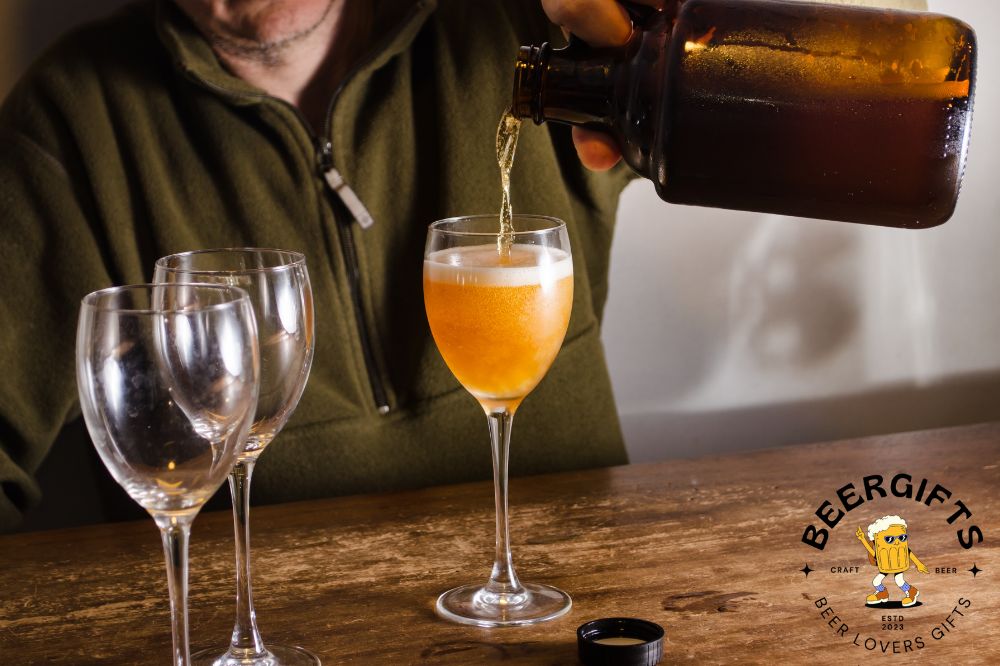
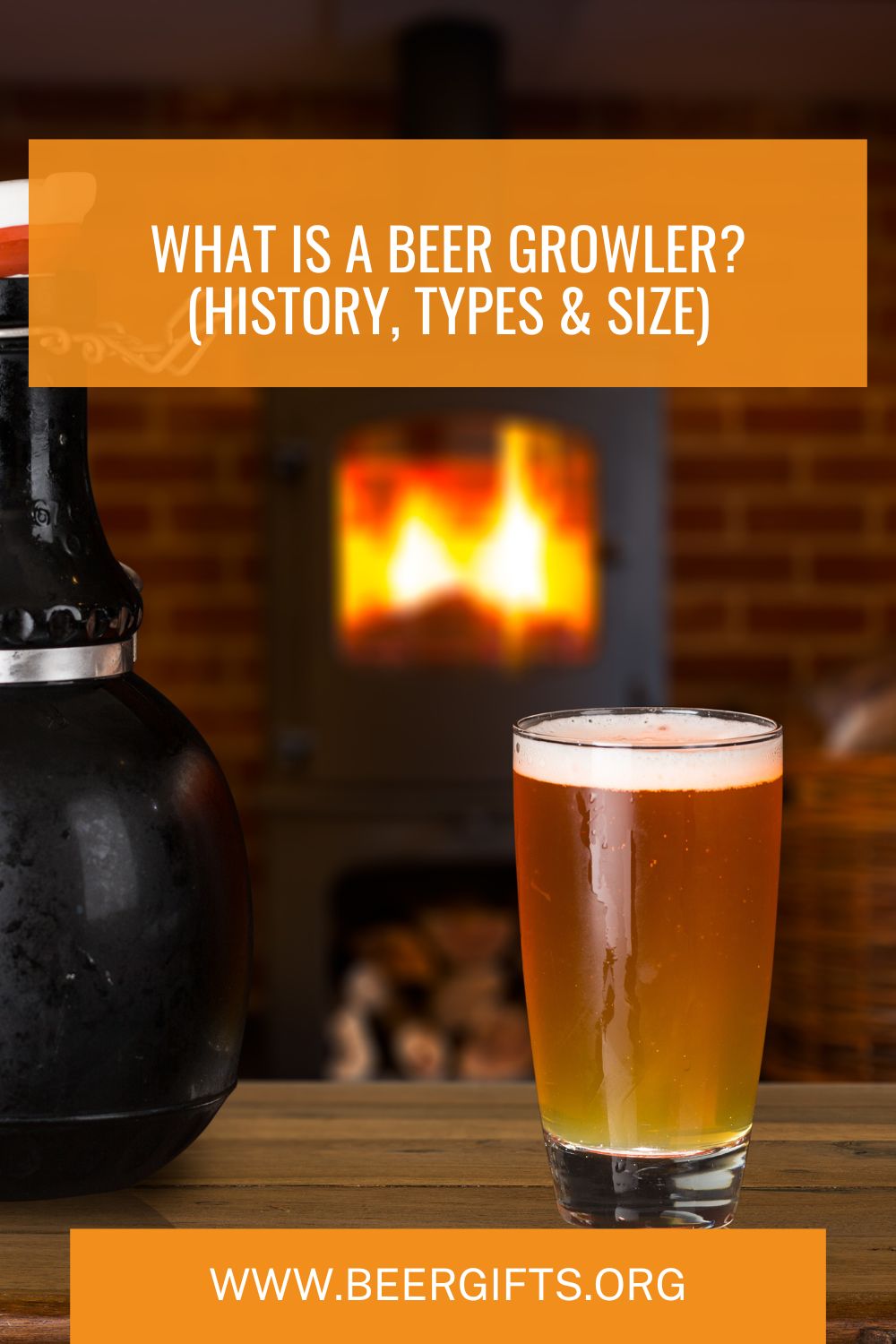
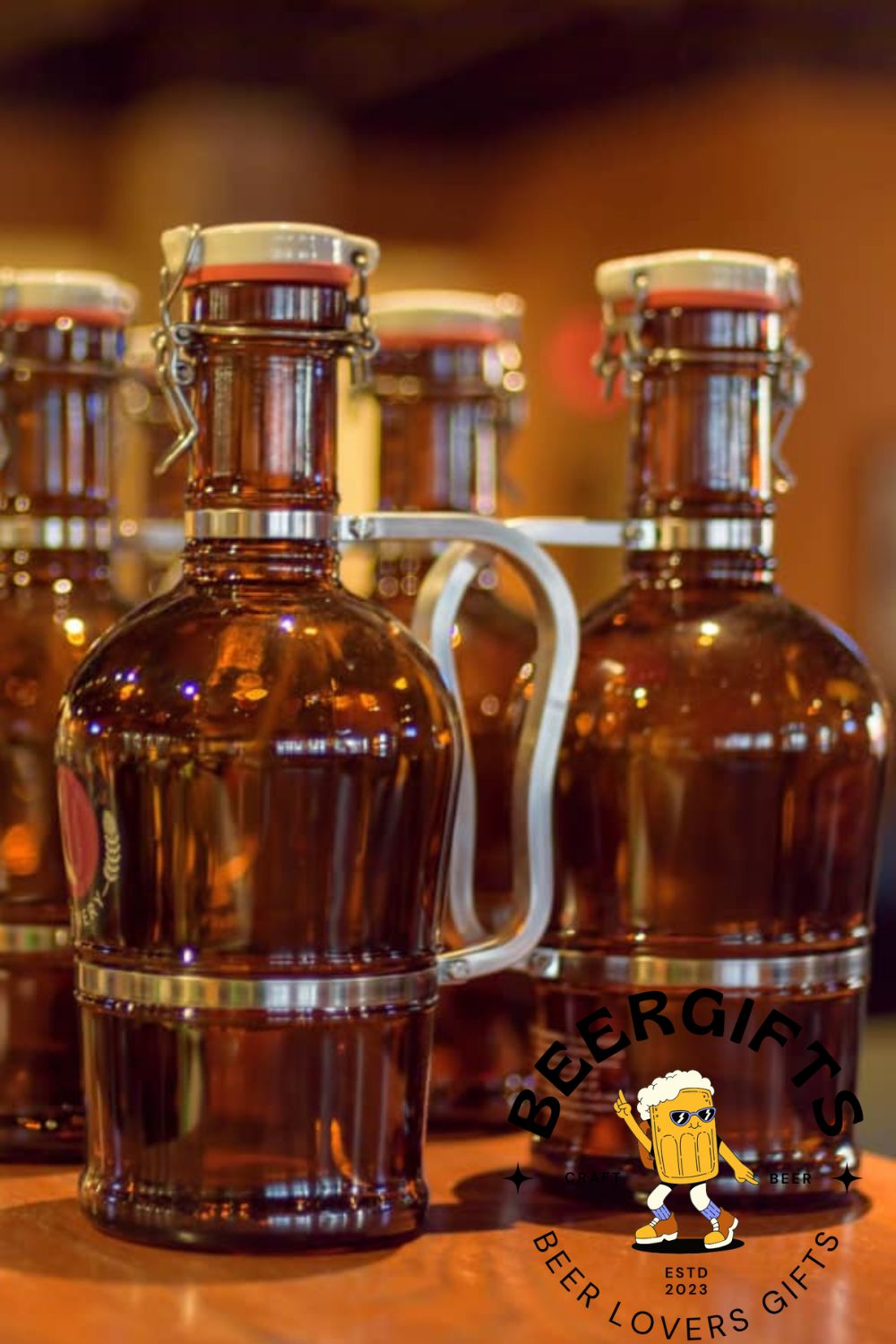
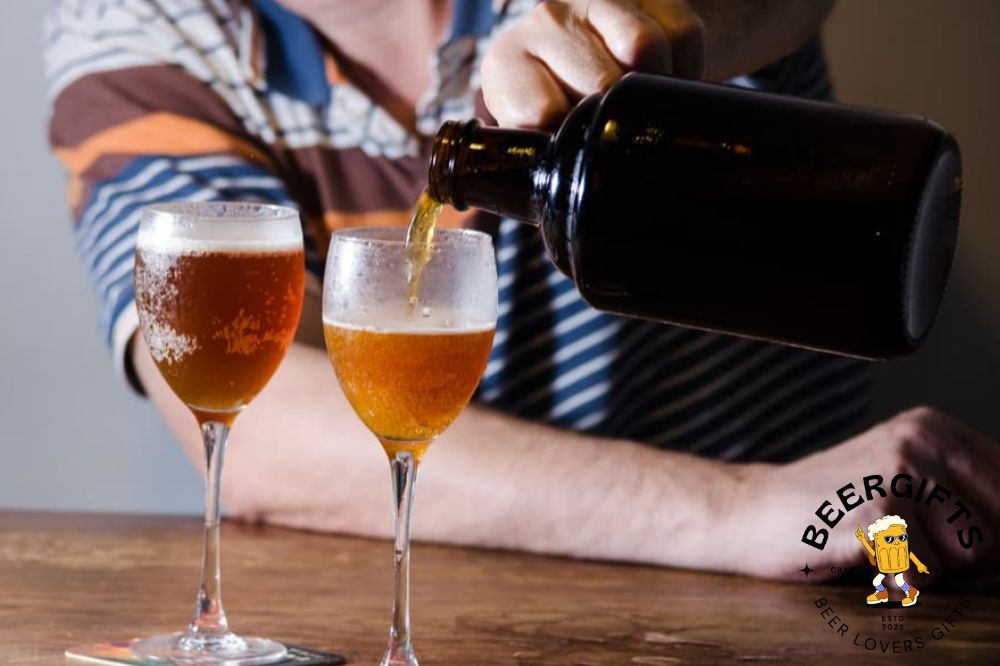
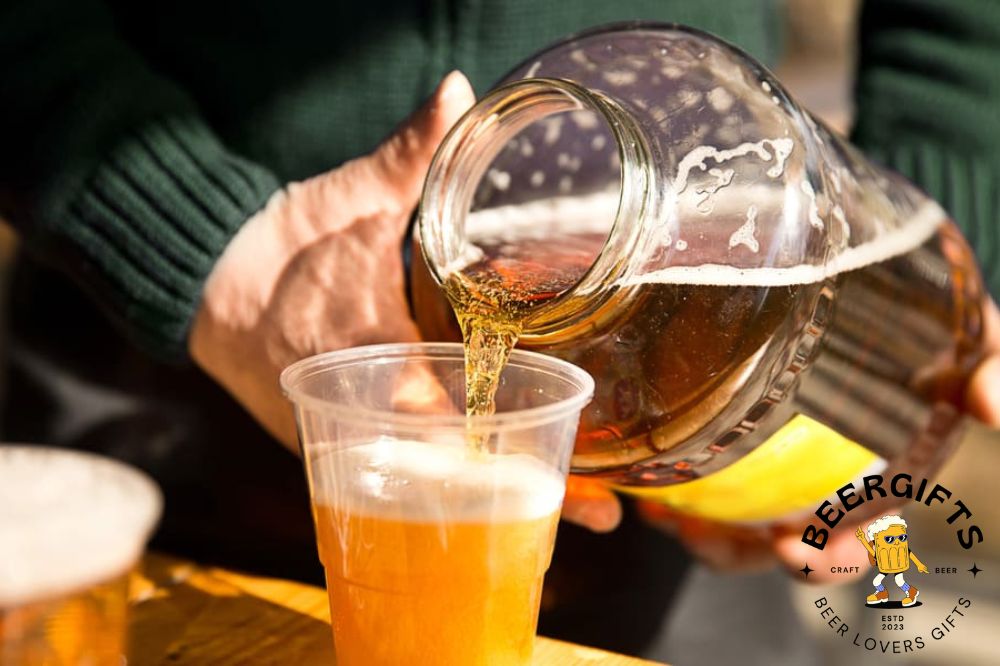
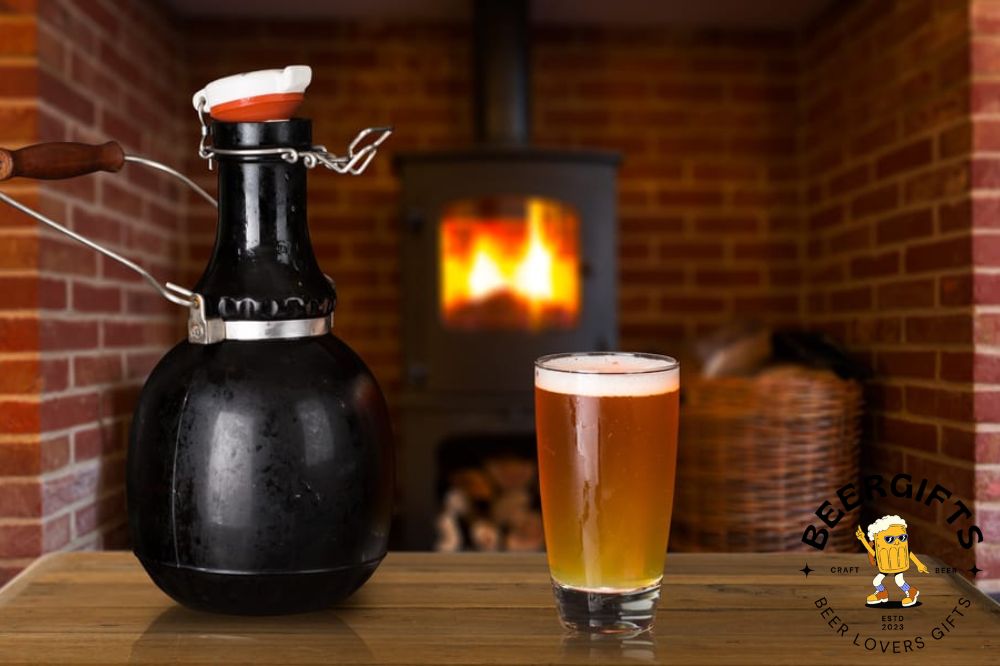
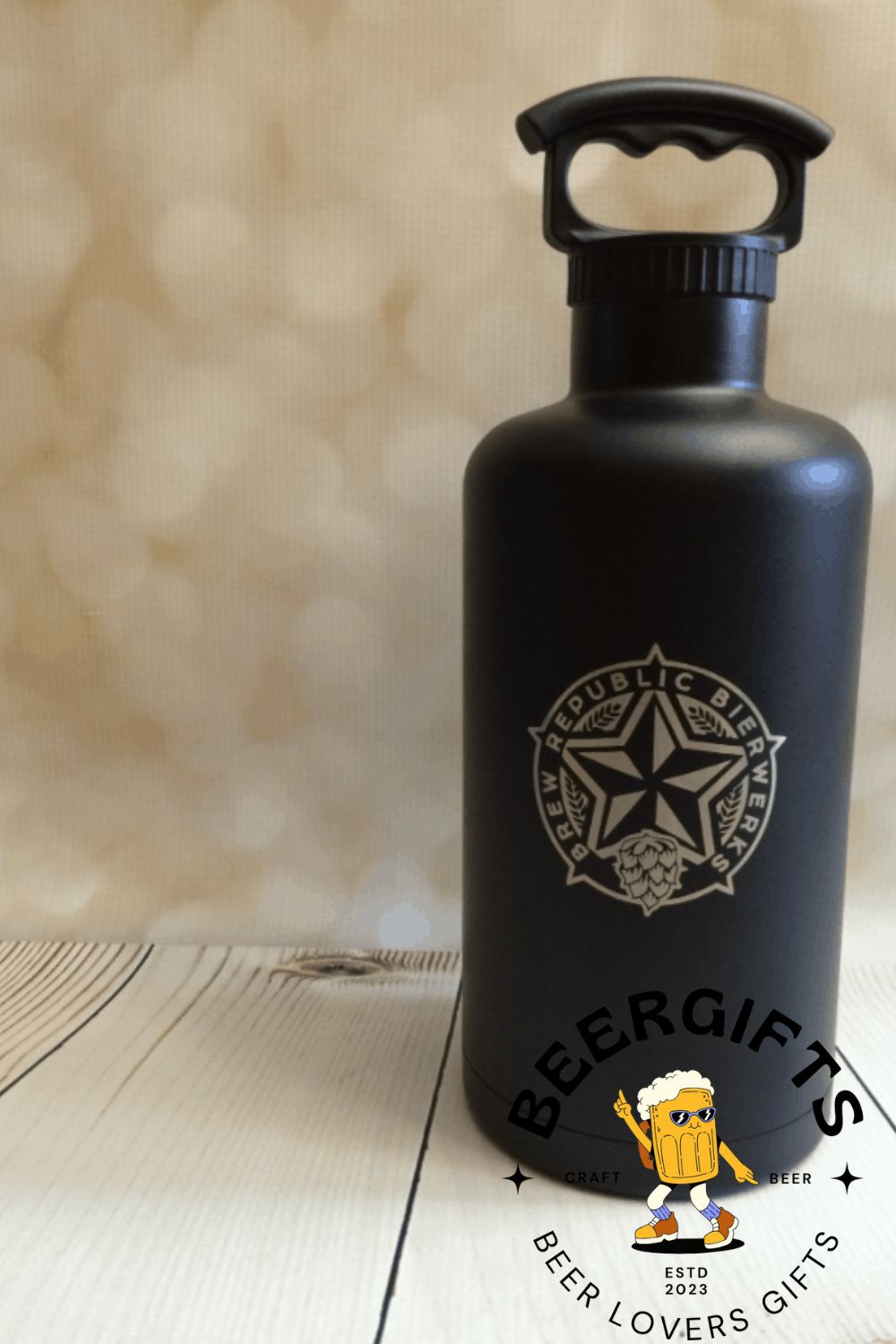
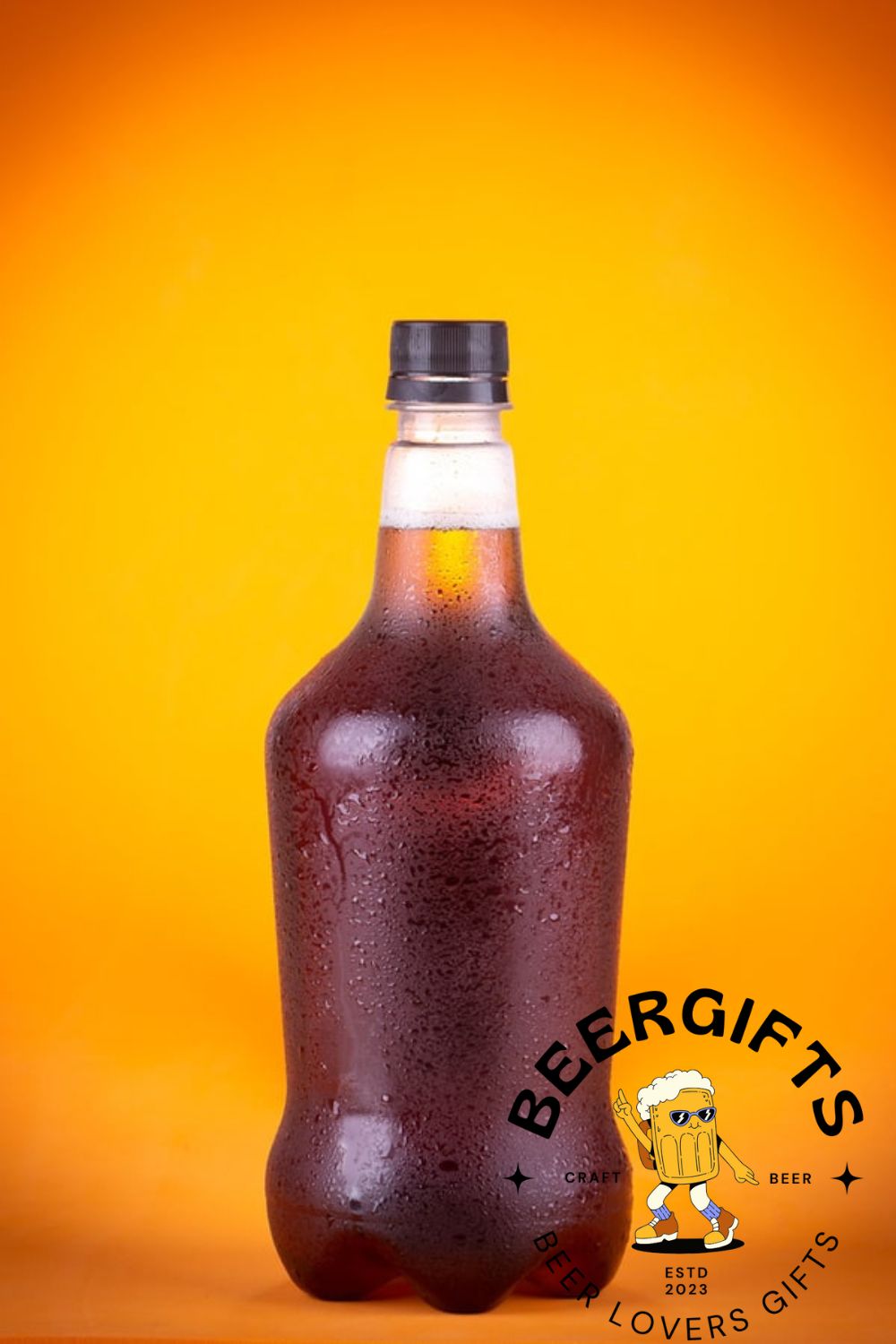
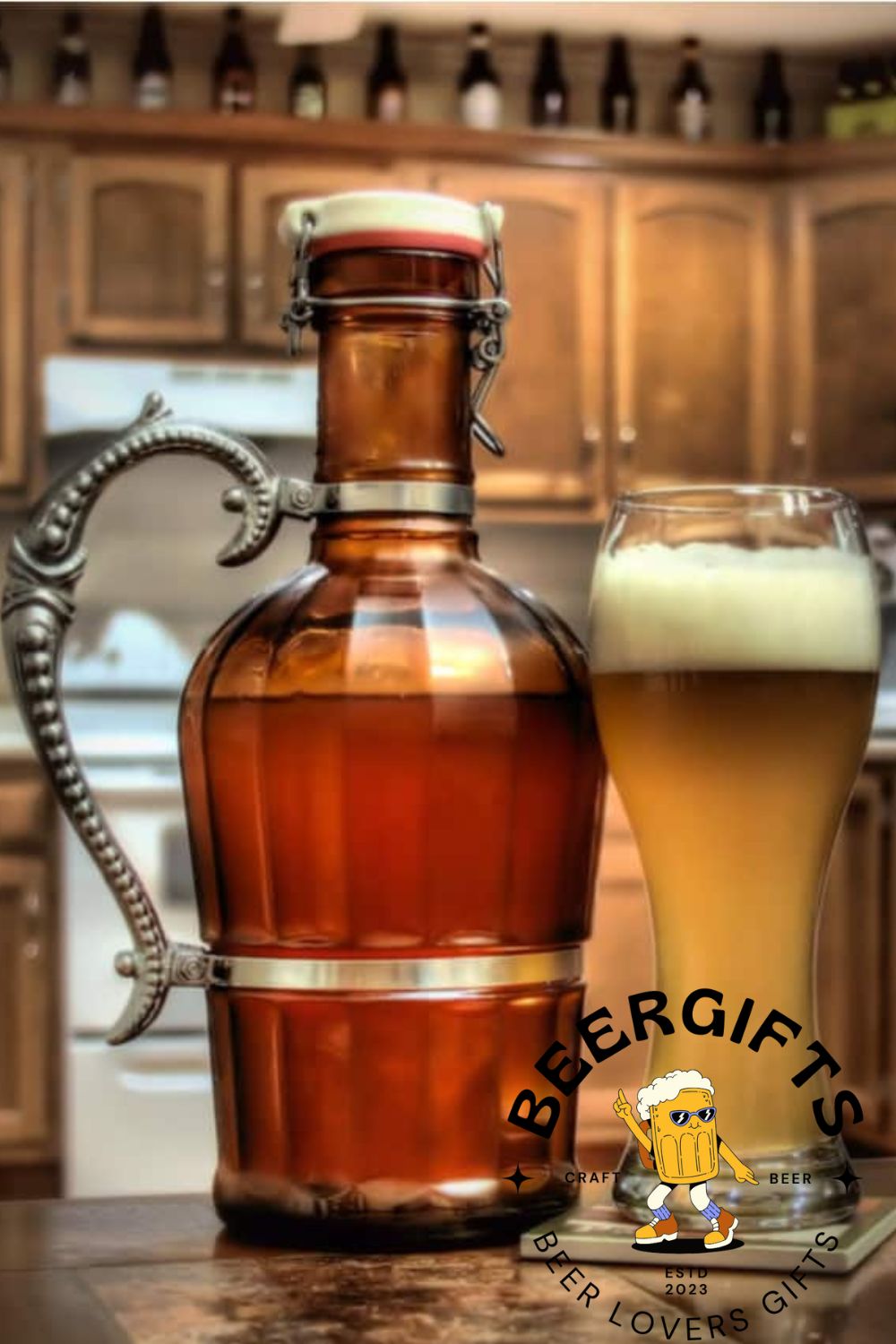
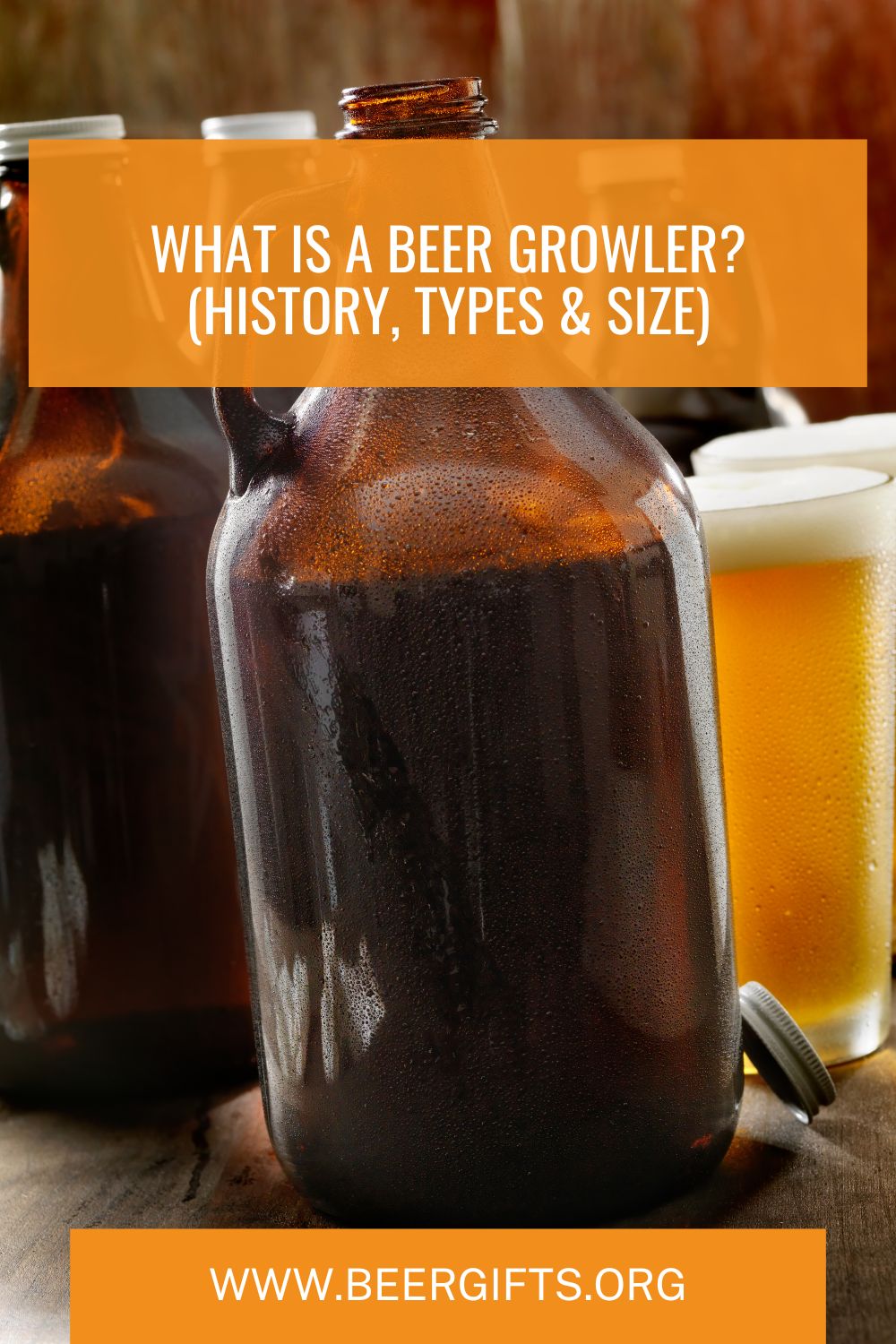
Nice content! Love to try this one out, thank you for providing us with such an interesting blog.